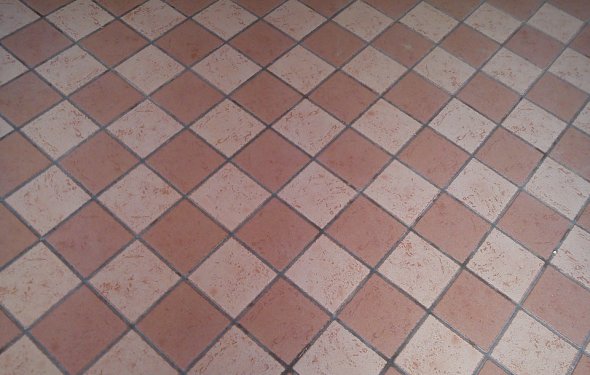Ceramic Stoves

The ceramic stove is one of the most ancient construction materials. Over the past three decades, the latest technologies have produced a large number of different types of industrial stoves designed to cover the surfaces of buildings (semis, walls, staircases, etc.) and outside (fasads, open terraces, roads, stairs, basins, etc.).
The different conditions of operation of the stove also make it subject to different requirements for weariness, moisture, leaning, etc.
Ceramic stoves and ceramic granites are the most appropriate of the vast number of modern materials to cover these requirements.
Costs for plugs are directly dependent not only on the price and size of the stove itself, but also on the overall level of separation.
The main types of ceramic stove have their long-standing names (cotto, grey, mayolic, clinker, etc.) that characterize their production cycles: the method of forming, press and extrusion; one-time or two-fold burns; and frost and non-regulated stoves.
As a result of various options for combining process processes, using different reference material, and forms, different types of ceramic stove are produced.
Eyeed double ignited stove: Mayolica, bottoforte, fiancé.
One-side stove: clinker, light stove, red stove.
Unregulated stove of single ignit: cat, red grace, Mr. Porchelanate, clinker.
The ceramic granite belongs to the chair ' stove class, but differs in its properties from other ceramic products by high endurance, low water absorption, freezer and other quality. He's released with frost and unregulated.
In terms of their technical characteristics and scope, ceramic stoves, as can be seen from the above, differ, but at the same time have common properties.